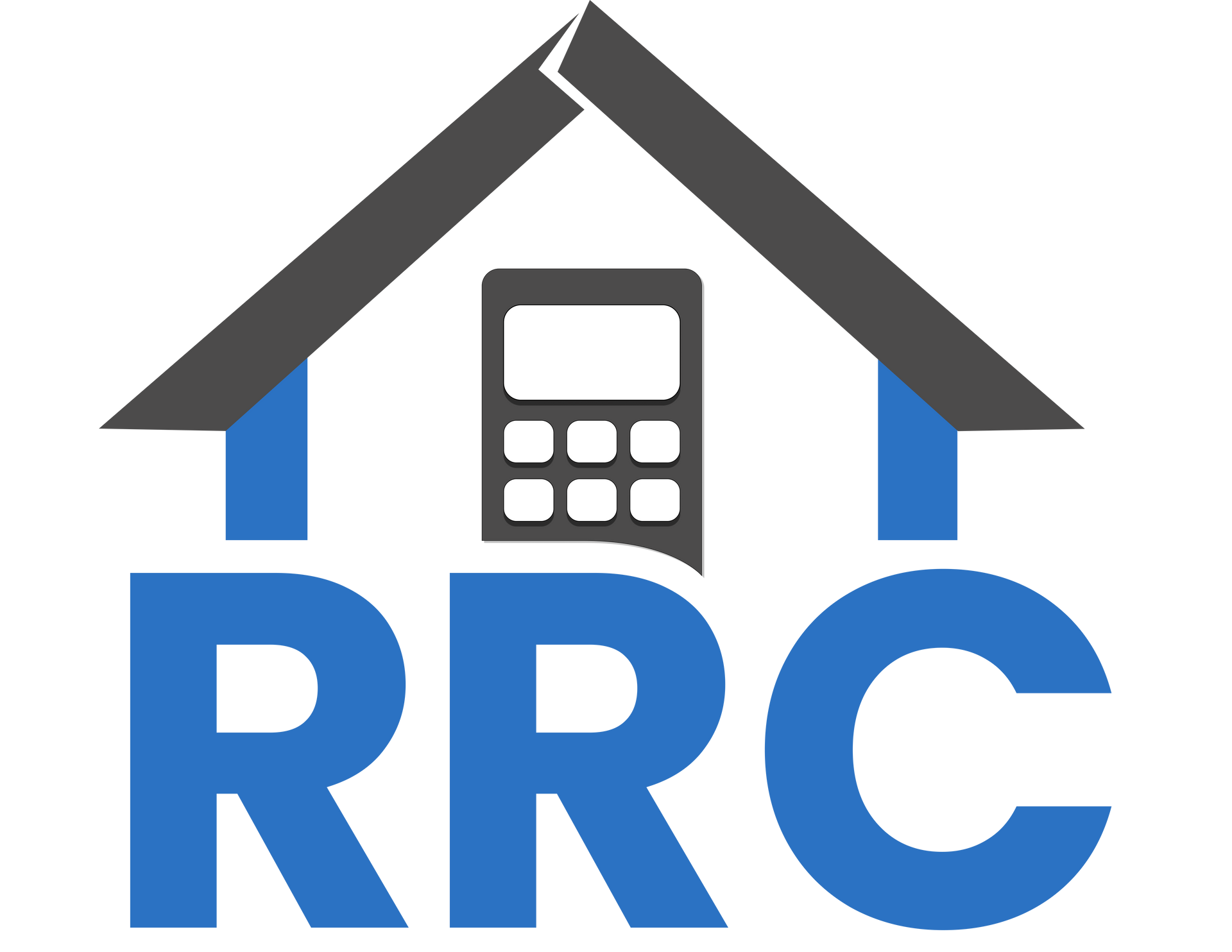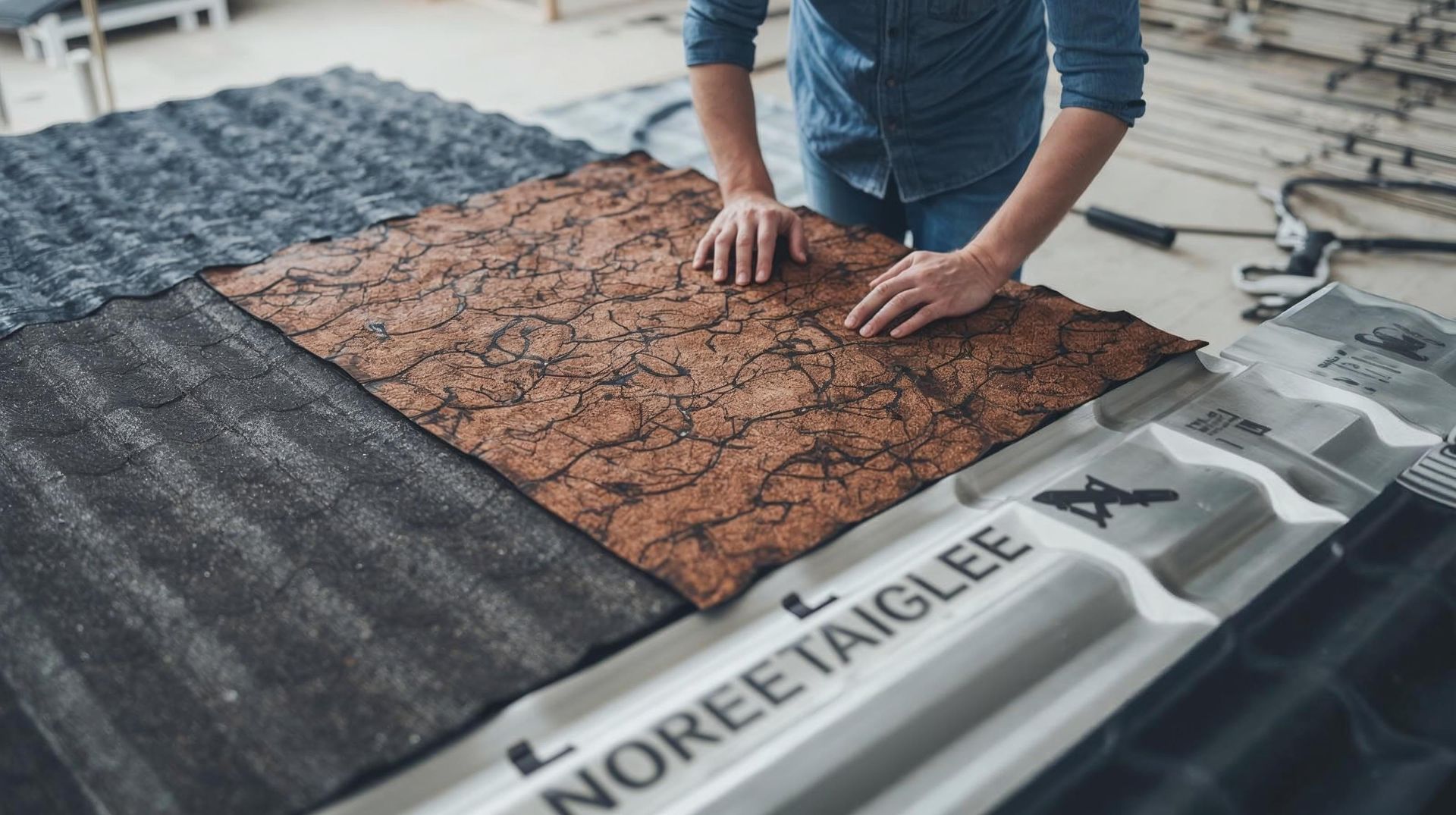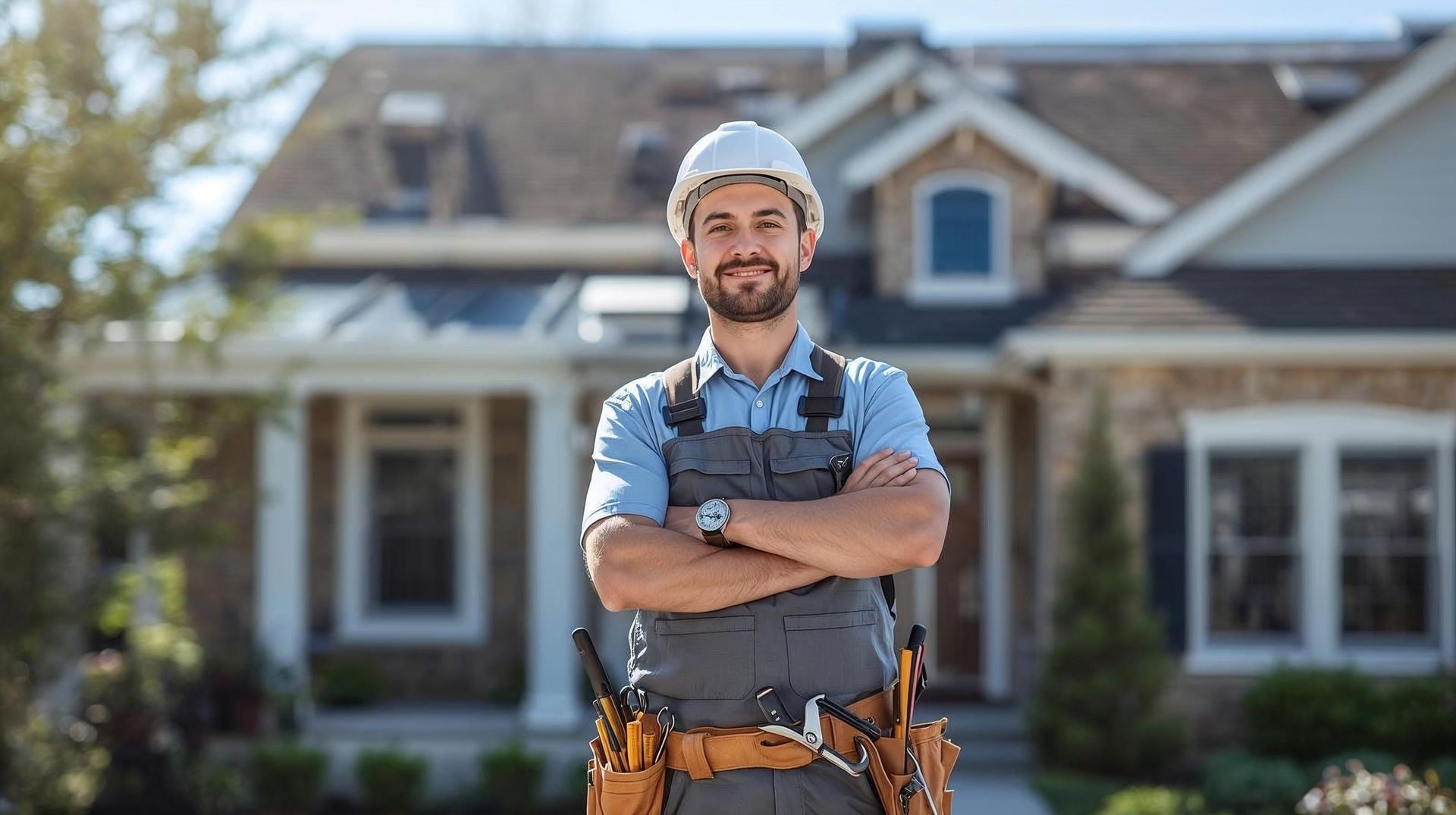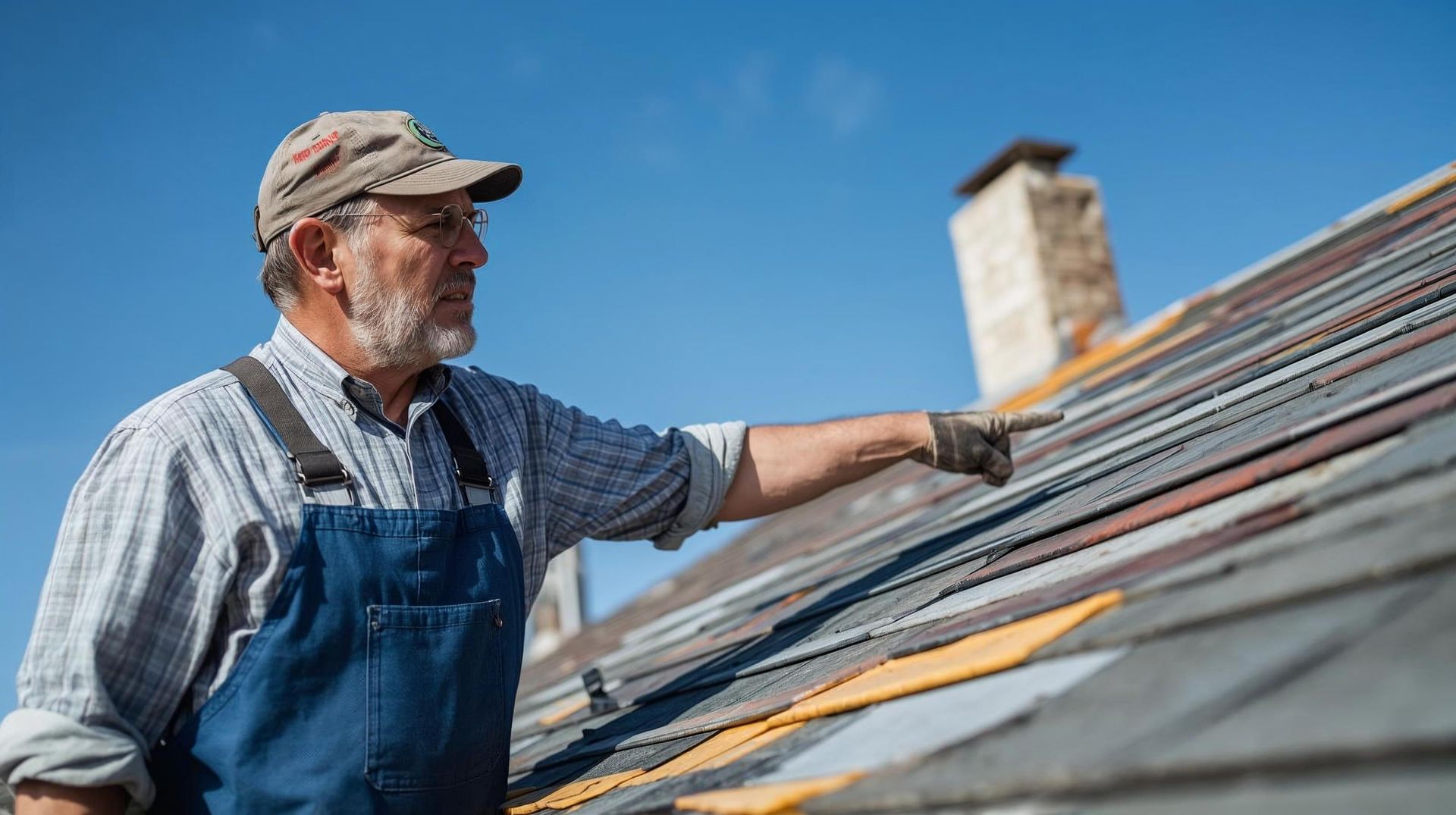Roof Replacement Cost vs. Repair Cost: Which Option Saves You More?
- Repairs are cheap short-term options, but can add up in the long run.
- An entire roof replacement is a higher upfront price, but it can increase home value and reduce long-term costs.
- Material, size of the roof, and underlying structural issues can significantly change the overall cost.
- Having a reputable roofing contractor ensures quality work and warranty protection.
- The best option most frequently depends on the state of the roof, rather than price.
Roof Repair or Replacement: Which One Is Worth Your Money in the Long Run?
Roof repairs are the first line of defense against modest roofing issues. They're perfect if problems are isolated and the rest of the building is fine. There are some typical repairs, such as halting leaks, changing a few asphalt shingles, repairing flashing, or minor storm damage.
For new roofs, these repairs are cost-effective and can extend the life of the roof by a few years. Most roofing contractors will charge between $300 -$1,500 for routine repairs, depending on roof complexity, size of roof, and roofing material.
But only repairs should be considered temporary solutions, not permanent fixes. A roof that is over 15 years old or patched a few times may be hiding worse water damage or rotting decking under the surface. These problems, if left to themselves, can lead to costly repairs in the future.
Small, unnoticed leaks can quickly add up to a complete roof replacement job within a couple of years. That's why maintenance and prompt inspections are so crucial.
Recommended Read: [DIY Roof Inspection: 8 Things You Can Check Before Calling a Pro]
What a Full Roof Replacement Involves
The entire roof replacement is exactly as explained: removal of the old roof, examination of the underlying structure, and application of a new, fresh roofing system. It encompasses the underlayment, deck inspection, flashing, and the main roofing material, such as asphalt shingles, metal roofing, clay tile, or slate roofs.
The cost of replacing a roof generally ranges between $8,000 and $20,000 based on square footage, roof type, and labor costs in the surrounding area.
And this is where the final cost is taken:
- Roofing material: Higher-end architectural shingles are more durable than basic asphalt.
- Roof shape and size: Extremely steep or very large roofs require more material and labor.
- Old roofing material: Extra removal and dumping labor can be the difference.
- Local permits: Staying up-to-date with modern building codes can involve variable-per-region costs for permits.
While it is more costly initially, replacement brings a feeling of security. A new roof increases the worth of the house, saves energy, and has excellent manufacturer warranties and contractor warranties.
Also Read: [Your First-Timer’s Guide to Roof Replacement: What to Expect from Start to Finish]
Detailed Cost Comparison: Repair vs Replacement
| Option | Average Cost | Added Lifespan | When to Choose |
|---|---|---|---|
| Roof Repair | $300 – $1,500 | 2 – 10 years | Minor leaks or damaged shingles |
| Roof Replacement | $8,000 – $20,000 | 20 – 50 years | Widespread damage or aging of roofs |
A repair looks cheaper on paper, but it can be like putting a small patch on a sinking ship if the entire roof is nearing the end of its life.
On the other hand, replacing the roof ensures complete protection for decades and prevents unexpected charges from recurring repairs.
The deciding factor is usually how much life the roof has left. If the shingles are curling, granules are missing, or leaks are showing up across multiple areas, a full replacement might actually save more money in the long run.
Hidden Costs That Homeowners Often Overlook
When budgeting for a roofing job, there are usually a couple of surprises that will alter the bottom line.
1. Structural Repairs:
There are times when the damage is more extensive than one can see. Rotten wood, mildew, or sagging rafters may be revealed when the shingles are removed. Repairing these underlying problems may cost an additional $500 to $3,000 or more, but leaving them alone can lead to continued damage to the house.
2. Permits and Local Regulations:
Roofing has to adhere to contemporary building standards, hence getting permits. The price is between $50 and $500 based on your location. Skipping this may reduce the value of your home and cause issues when selling out. Good roofing companies normally do this for clients.
3. Disposal and Cleanup Fees:
Disposing of old materials generates trash that needs to be removed safely. Roofing firms typically charge between $300 and $600 for disposal, depending on the size of the roof and the weight of the materials. Some recycle asphalt shingles to save money and landfill waste.
4. Hidden Labor Charges:
Sloping roofs or intricate designs take longer and involve added safety precautions, adding labor expenses. That is why square foot pricing will be different even if the roofs on two houses are about the same size.
5. Long-Term Maintenance:
A new roof has the advantage of maintenance to remain in top shape. Gutters cleaned, minor defects checked, and inspections scheduled every few years will drastically reduce the risk of expensive repairs down the line.
When Roof Repair Makes More Sense
Roof repair would usually opt for the more prudent choice when:
- The roof is less than 10 years old.
- Damage is minor (e.g., one section of blown-off shingles).
- The decking below is in sound condition and without rot or mold.
- The homeowner is actually going to redouble the roof within two years anyway.
- The repairs are quick, cheap, and work best for minor storm roof damage or minor leaks. They buy more time before a full replacement roof will be needed.
However, if the same areas continue to leak or shingles are repeatedly losing their adhesion after every season, it might be a sign that the repairs are merely delaying the inevitable.
Choosing the Right Roofing Contractor
One of the most important elements of any roof replacement project is the employment of a capable roofing contractor.
A good contractor delivers quality work, handles permits, ensures safety compliance, and helps homeowners make sense of all fees. They explain differences between products like asphalt shingles, metal roofs, or clay tile roofs, so the choice isn't being made on cost alone but on longevity and long-term savings.
Good contractors are transparent about how roofing companies charge, offer written estimates, and explicitly explain warranties. This avoids confusion and surprise bills in the future.
Before Hiring Anyone: [What to Ask a Roofer: 10 Essential Questions for Your First Meeting]
Warranties and Long-Term Protection
Warranty protection usually turns out to be the deciding point between repairs and replacements.
- Roof Repairs: Typically include a short warranty for 1–2 years.
- Roof Replacements: Provide contractor warranties of 10 years or more, along with manufacturer warranties that could last a lifetime.
This implies that a substitute not only enhances the house as a building but also gives security if defects materialize in the future. The warranty protection gives confidence and maintains future repair expenses considerably minimal.
How Material Choices Affect Costs
Roofing materials directly impact both the total cost and the roof’s lifespan. Below is a quick comparison to help visualize it.
| Roofing Material | Average Cost (Per Sq. Ft.) | Expected Lifespan |
|---|---|---|
| Asphalt Shingles | $4 – $6 | 20 – 30 years |
| Architectural Asphalt Shingles | $5 – $8 | 30 – 40 years |
| Metal Roofing | $7 – $14 | 40 – 70 years |
| Clay Tiles | $12 – $25 | 50 – 100 years |
| Slate Roofs | $15 – $30 | 75 – 150 years |
Choosing premium materials increases upfront expenses but lowers long-term roof repair costs and extends lifespan. Affordable metal roofing options or architectural shingles are now popular for homeowners who want both value and durability.
Practical Ways to Save Money
There are many clever ways to lower the overall expense of roof jobs without sacrificing quality:
- At least three written estimates from quality roofing contractors.
- Compare prices and types of materials per square foot.
- Negotiate for discounts off-season when demand is slower.
- Find out if insurance may pay for some of the replacement due to storm damage.
- Keep the roof maintained regularly so that small problems don't grow into expensive repairs.
Helpful Read: [7 Factors That Affect Your Roof Replacement Cost (Beyond Square Footage)]
Real-Life Example: Repair vs Replacement
Take this basic example. A homeowner shells out approximately $800 annually to repair minor leaks on a 20-year-old asphalt shingle roof. In five years, that's $4,000 down the drain, and the roof still requires a new replacement in the near future.
The same homeowner, who instead lays out a $10,000 roof replacement upfront, gets a new roof that will at least last 25 years with occasional minimal repairs. After a while, the cost per year drops significantly.
That's why replacement, although costly in advance, frequently ends up being the more economical option.
Conclusion:
Both roof repair and roof replacement can save money, but in different ways. Repairs are quick and affordable for minor roof damage, while a full replacement is an investment that adds safety, boosts home value, and reduces long-term expenses.
The best decision depends on the roof’s condition, age, and the advice of a reputable roofing contractor. With proper planning, clear estimates, and the right materials, it’s possible to balance cost, performance, and peace of mind.
Check Real Costs: Use a roof replacement cost calculator to compare the cost per square foot for repairs and replacement.
How much does it cost to replace a roof?
The cost to replace a roof varies depending on materials and roof size. On average, homeowners spend between $5,000 and $15,000 for a full replacement. Premium materials like slate tiles and metal shingles can cost more but offer longer durability.
How can I get accurate cost data for my roofing project?
Ask roofing companies for detailed cost data that includes labor, materials, and removal charges. This helps you understand your actual cost and compare price ranges effectively.
Does replacing a roof include existing gutters?
Not always. Some roofing companies charge extra for removing or reinstalling existing gutters. Always confirm this before the work begins.
Are metal shingles more expensive than wood shingles?
Yes. Metal shingles cost more upfront but require less extra labor over time. Wood shingles are cheaper initially but need regular maintenance and can wear out faster in humid areas.
Can a partial roof replacement be a better option?
If only one side or section is damaged, a partial roof replacement can save money. But make sure the remaining section is strong enough to last, or you may end up paying twice.



